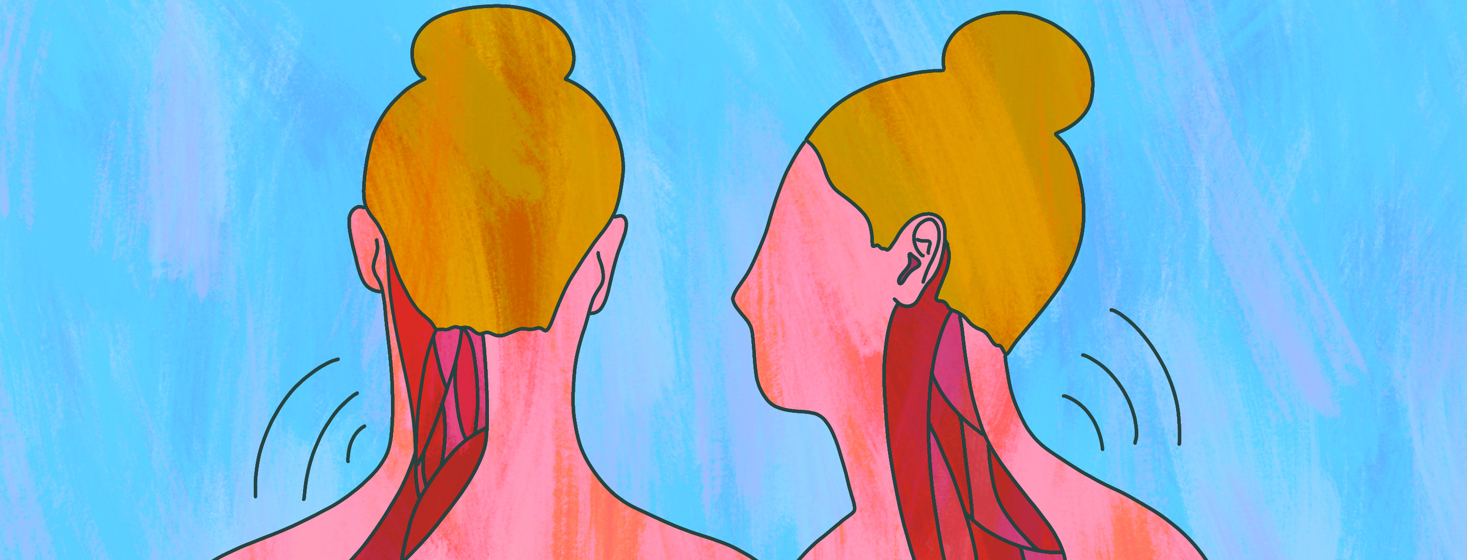My Experience Getting Botox Injections
Botox injections are used for a wide variety of medical conditions. I’ve been getting them for cervical dystonia over the past year. I have severe muscle tension in my neck as the muscles haven’t relaxed fully in years. My head doesn’t turn to the side, as is commonly seen with cervical dystonia, but it's very painful and has limited my life in many ways.
My neck pain with lupus
Many issues have contributed to my neck pain. When I had my first big lupus flare in 2015, I was rejected by the first rheumatologist I saw. For over a year and a half, I received no diagnosis or treatment for my lupus. As a result, I spent a lot of time in bed flaring from fatigue, joint pain, and other lupus symptoms. This caused me to feel stressed and lose the ability to exercise regularly.
I’m not alone in going through this – many people have to deal with these symptoms of lupus. The 2nd Lupus In America survey found that 80 percent of respondents suffer from extreme fatigue, 90 percent experience joint pain, and 65 percent have experienced anxiety and/or depression. All of those symptoms worsened my neck pain, lead to physical inactivity, and ultimately caused harm to my body.
After being diagnosed in 2017, I found that my lupus medications helped with nearly every symptom except for my neck pain. In my opinion, my neck pain is a secondary issue caused by my lupus. It is a casualty from the war that has gone on inside my body since my first flare.
This or That
Do you feel that your pain is well managed with your current treatment plan?
How does Botox ease muscle pain?
Botox was far from the first thing I tried for my neck pain. There were dozens of other treatments including all sorts of medications, lifestyle changes, alternative treatments (including dry needling with a TENS unit), and 5 rounds of physical therapy. I also had x-rays and MRIs to check for structural issues.
Finally, after half a decade of suffering, I landed in the office of an amazing physical medicine doctor. She tried lidocaine injections, but when they didn't work she was able to get Botox approved, which was remarkable – Botox is very expensive (around $4,000 for each round of my injections) and notoriously rejected by insurance companies.
My doctor uses needle electromyography (EMG) to find the spots in my muscle fibers where the involuntary contractions are the strongest. These muscles are so contracted that they're emitting signals as if I were actively using them even though they're at rest. This technique enables her to put Botox in the spots where it will be most effective and helpful. Once injected, Botox works to block the nerve signals that are telling the muscles to contract.
Getting Botox injections
I've been getting injections every 12 to 14 weeks for a little over a year now; I recently had my 5th set of injections. Once the Botox is injected it takes a month or so to reach peak effectiveness and it lasts for approximately 3 months. Some people need injections less frequently, but there must be at least 3 months in between treatments to reduce the risk of side effects.
First, my doctor uses a cooling mist spray on my skin to numb the area before she inserts the needle. Once she finds active spots she injects small amounts of Botox. I typically receive 200 units of Botox spread throughout 6 to 8 areas, though my doctor may test up to 10 areas to find where it’s most needed.
Getting the injections isn’t too bad for me because I’m used to self-injecting biologic medications and I'll always trade temporary pain for long-lasting relief, but it could be intimidating for anyone who has issues with needles.
How I feel 1 year into my injections
I started to feel relief after 2 sets of injections, or approximately 6 months of treatment. It often takes time for them to bring the muscle down from such a high state of tension. After my fourth set of injections, I really could tell a difference. I realized that I was no longer spending my evenings in a state of extreme pain and anxiety. I was hanging out with my kids more and ramping up my chores, despite the extra physical strain of having my second baby.
Recently, when I went in for my 5th set of injections, the doctor didn't find nearly as much inflammation in my muscles. This is the outcome I’ve been seeking for so long! I still have daily pain and restrictions, but I’m so thankful that I’ve seen progress in this area. Calming down my neck pain issues will ultimately help my lupus as I’m able to be more active and less stressed out by pain.
Has your lupus indirectly caused other health issues? Or have you found interesting or different treatment approaches to pain management?

Join the conversation